Enceladus
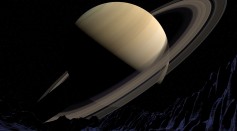
San Andreas Fault Lines on Saturn's Moon 'Enceladus' Could Help Reveal Alien Life Signs That May Be Present Under Its Icy Shell

Saturn Moon 'Enceladus' Found Spewing Organic Molecules From Waters Below Its Shell of Ice
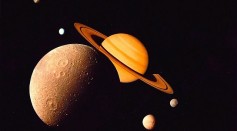
Saturn's Moon Enceladus a Primary Target for NASA's Quest for Life Beyond Earth
Enceladus Unveiled: Cassini's Clues and New Insights Into the Potential for Life in Saturn's Icy Moon

Mysterious Plumes on Saturn's Moon Enceladus Raise Possibility of Hidden Extraterrestrial Life
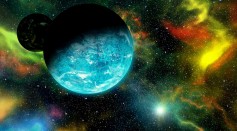
Aliens in the Solar System? Saturn's Enceladus and Titan, Jupiter's Europa Are Likely Habitats, Scientists Say
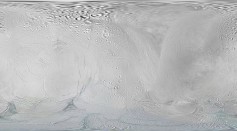
Saturn's Icy Moon Enceladus Mysteriously Covered in Deep Snow; How Is It Possible?
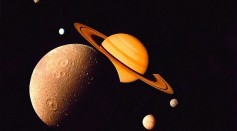
Saturn's Enceladus Engulfed by Thick Snow Drifts; Where Did This Icy Covering Come From?

Life Could Be Detected on Saturn's Moon "Enceladus" Even Without Descending on It, Specialists Say
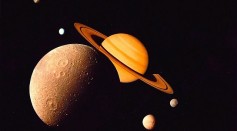
Saturn's Icy Moon Enceladus Could Harbor Life After Scientists Detected Methane in the Jets of Water Bursting Through the Ice

Jupiter’s Icy Moon Enceladus May Host Life; Here’s How NASA Would Prove It
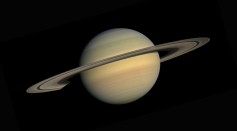
Saturn’s Moon Enceladus’ Phosphorus Discovery Offers Evidence of Potential Extraterrestrial Life

Elon Musk Wants NASA To Use SpaceX Falcon Heavy For Uranus Mission

Saturn's Ocean Moon Enceladus Has ‘Tiger Stripe’ Cracks; Is It Responsible For Pouring Water In Space?
Most Popular

How Technology Is Changing the Real Estate Industry?

How a Plant-Based Diet Can Protect Against Breast Cancer: Insights from Nutrition Research

Study Reveals High Turnover in Scientific Research Careers: What This Means for Future Scientists

Why It's So Difficult to Lose Weight: The Biological Explanation Behind Obesity





